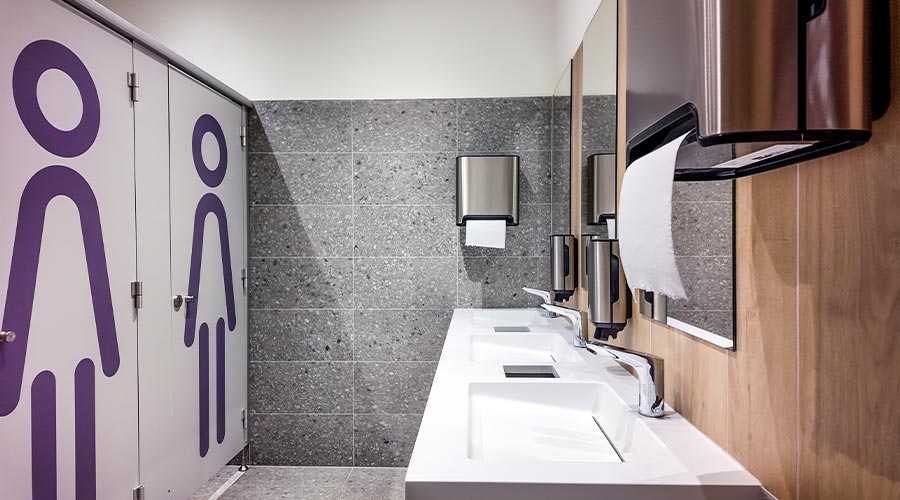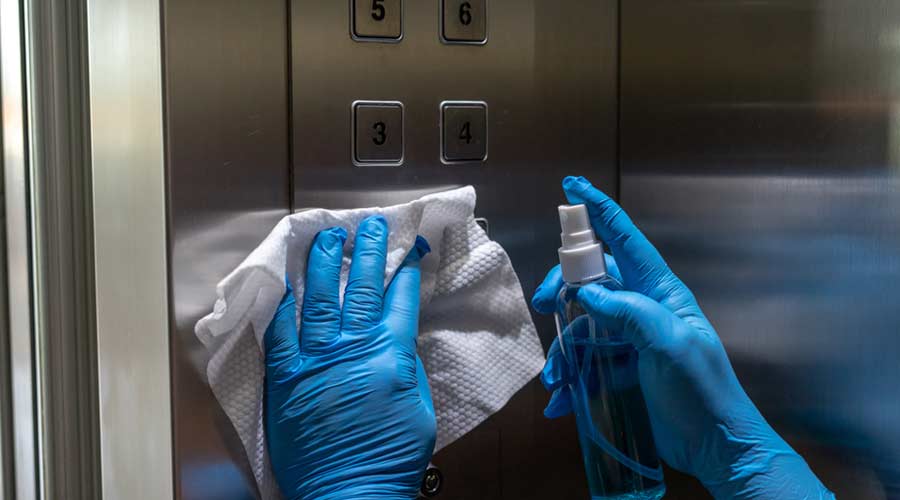
A new study by Homeaglow analyzed publicly available data to reveal how many “publicly accessible” restrooms exist across the 100 most populated U.S. cities - and the results show just how limited restroom access can be in many areas.
On average, U.S. cities have only 13 public restrooms per 100,000 residents. In the country’s largest metropolitan areas - those with more than one million people - availability drops even further to an average of just 10 per 100,000 residents.
With so few facilities available, restrooms in busy cities may see heavier daily use, making regular cleaning and upkeep increasingly important to maintain hygiene and prevent public health issues.
Public Restroom Access Remains Strikingly Unequal
Across America’s 100 biggest cities, restroom availability varies more than fifty-fold between the best- and worst-equipped locations.
Denver, Colorado, tops the national ranking with 82 public restrooms per 100,000 residents, more than six times the typical city average. Following Denver are Honolulu (55), Louisville (45), Portland (37), and Minneapolis (36), all providing relatively strong access to public conveniences.
At the opposite end of the scale, El Paso, Texas, has just 1.6 restrooms per 100,000 residents, based on only 11 mapped facilities for a population of nearly 682,000. Also among the least equipped are Arlington, TX (2.2), Garland, TX (2.4), Stockton, CA (2.5), and Port St. Lucie, FL (2.7).
Big Cities, Fewer Bathrooms
Restroom access becomes even scarcer in America’s largest cities. Among the 11 cities with populations over one million, the average figure drops to just 10 public restrooms per 100,000 residents.
Within this group, San Diego leads with 25.6 restrooms per 100,000 residents, nearly double the access seen in San Antonio (13.8), the next most equipped large city. By contrast, Philadelphia has only 4.1 public restrooms per 100,000 residents, followed closely by Dallas (4.4) and Houston (7.7).
Even New York City, despite its extensive park network, offers just 8.4 restrooms per 100,000 residents for its 8.5 million residents, placing it 60th overall based on OSM-recorded locations.
Regional Divides and Urban Patterns
Western and Pacific cities dominate the upper half of the rankings, with Denver, Portland, Seattle, and San Francisco all scoring above 25 restrooms per 100,000 residents.
By contrast, many Southern and Texan cities cluster near the bottom, with six Texas cities - including El Paso, Dallas, Garland, and Arlington - all appearing among the lowest 15.
The findings suggest that older, denser cities often lag in “public” restroom availability. At the same time, mid-sized western metros and leisure-oriented destinations tend to perform better, likely reflecting park investments and outdoor recreation infrastructure.
Why Restroom Access Matters
Limited access to public restrooms can disproportionately affect parents, older adults, and people with disabilities, as well as those who spend long hours outdoors or traveling across cities.
With only a handful of facilities available per 100,000 residents, the data highlights the importance of ongoing maintenance and cleaning to keep these spaces usable, especially in busier city environments and during the peak flu and winter sickness months.

 The Down and Dirty on Cleaning in Virus Season
The Down and Dirty on Cleaning in Virus Season How Surfactant Use is Expanding in Commercial Cleaning
How Surfactant Use is Expanding in Commercial Cleaning